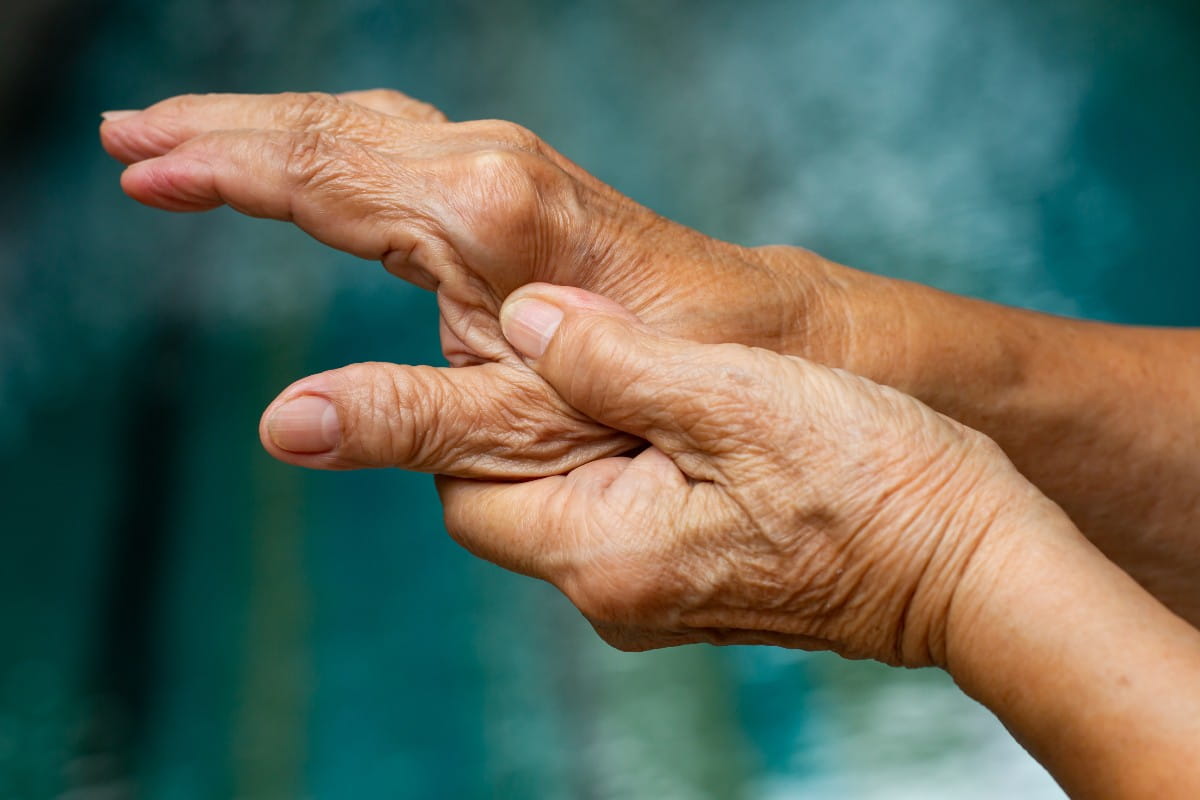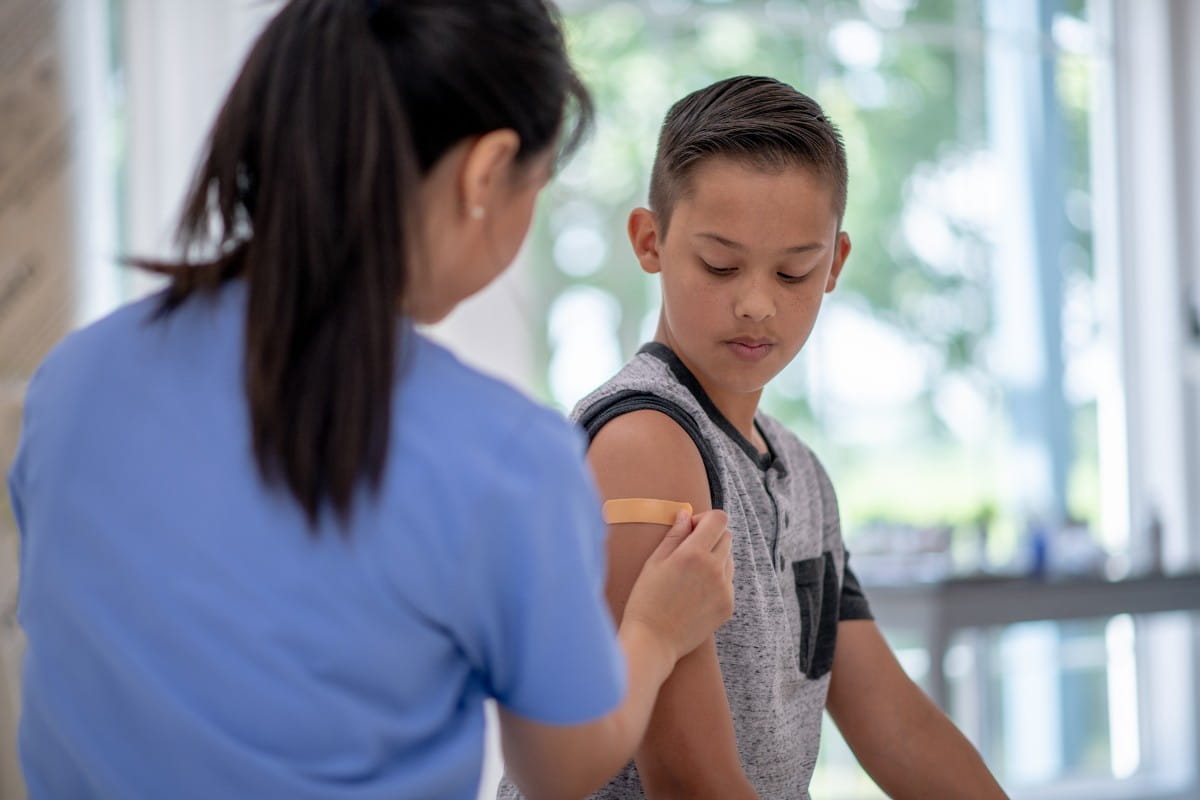For many seniors, getting older means becoming less mobile. The Centers for Disease Control and Prevention reports that over one-fourth of adults 50 and older are sedentary and adults need more physical activity. This happens for a number of different reasons: fear of falling, pain while exercising, or even believing that exercise is something they can no longer manage.
“While all of these are concerns that need to be addressed, it’s important to stay active,” says Roger Jackson, PT, DPT, OCS, the clinical coordinator at Riverside Physical Therapy Williamsburg. “In fact, when done properly under the supervision of a physical therapist, exercise can help you feel better, improve your balance, increase your longevity and give you a more positive outlook on life.”
Let’s examine some exercises that are a good fit for seniors.
Exercises for balance
Poor vision, hearing loss and some medications can all add to being dizzy and not stable. According to the National Council on Aging's Falls Prevention Facts, 1 in 4 people 65 and older will have a fall this year, and there can be serious complications from these accidents. In fact, with falls being the highest cause of deaths among seniors, improving balance is critical. Here are exercises that can help.
- Basic: One-legged stand. Take hold of the back of a sturdy chair with both hands and practice standing on one foot. You don’t need to lift your other foot high off the floor—just keep your center of gravity positioned over the foot that’s on the ground. After a few seconds, switch feet. Work up to a minute if you can. As you progress, try using only one hand to steady yourself, and eventually try it with no hands, but remember the chair is there if you need to grab it.
- Advanced: Step-over. Here, you’ll need masking or painter’s tape and some small, soft objects to make yourself a little obstacle course. Ask for help if you need it—you’ll want to put down a strip of tape on the floor and lay some foam blocks or small stuffed animals along it. Walk along the tape while carefully stepping over the objects, or try walking around them in a zigzag pattern. The idea here is to improve balance while making you more aware of what’s on the ground to avoid tripping over things.
Exercises for flexibility
One of the reasons many seniors aren’t more active has to do with osteoarthritis and the pain it causes. For many, not moving becomes the default, even though that makes things worse in the long run. These stretching exercises can help keep you mobile by reducing muscle pain and improving flexibility.
- Basic: Neck stretches. An often overlooked area of pain is the neck and upper spine. While seated comfortably, tip your chin down to your chest, then gently turn your head to one side and count to 15. Repeat for the opposite side. Increase the number of times you do this, called repetitions, as you’re able. In addition to helping reduce neck pain, this exercise increases mobility—important for seniors who drive and need to be able look around.
- Advanced: Back stretch. You can do this in bed or other flat surface—no need to get on the floor. Lie on your back with your knees bent and your feet flat and close together. Gradually tip your legs down to one side, keeping your hips flat on the surface. Avoid the urge to tilt your pelvis in the direction of your legs—the point here is to keep your hips in place while stretching the muscles in your lower back and side. Hold for a few seconds, then do the other side. Increase the time and repetitions as you can, but don’t strain.
Exercises for strength
One of the most frustrating things for seniors is losing strength, which means less ability to do basic tasks like laundry, housekeeping, shopping and even self-care. Keeping muscle tone is key to independence and a long quality of life.
- Basic: Standing pushups. Again, you don’t need to get down on the floor. Work on your upper body strength using a wall or sturdy counter edge. Stand about an arm’s length away, and keeping your feet flat on the floor, place your palms firmly on the surface and lean forward, bending your elbows and using your arm muscles to support you. Count to five, then slowly extend your arms, pushing yourself back to a vertical position. Repeat as often as you can without straining.
- Advanced: Sitting–standing. You only need a chair to do this exercise. Back right up to it and pretend you’re going to sit down, bending your knees and lowering yourself toward the seat. However, before you touch it, gradually stand again. Bend from the hips, remember to breathe, and use your leg and abdominal muscles. Good posture and lifting your torso will make it easier. As you progress, you can add hand weights to make it more challenging.
Keep it moving
If you keep your car in the garage for years without turning over the engine, you wouldn’t really expect it to run at its best—or even start at all. The same is true of our bodies. If we don’t use them, we become stiff and weak.
“While pain and lack of mobility are major reasons that seniors tend to become sedentary, we have plenty of evidence that not moving only makes these issues worse,” says Jackson. “A professional physical therapist can suggest doable exercises that make you stronger, more flexible and better-balanced.”
Your senior years don’t need to be a time of limited activity, which can also lead to depression and other health issues. Make an appointment at Riverside to discover how physical therapy can help you stay active and thriving. Call 1-800-675-6368 to make an appointment at one of our 14 outpatient physical therapy centers.
Related:



